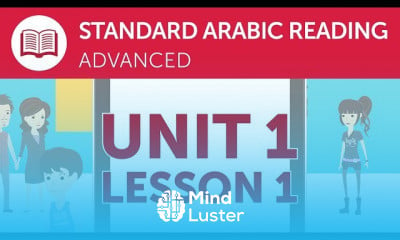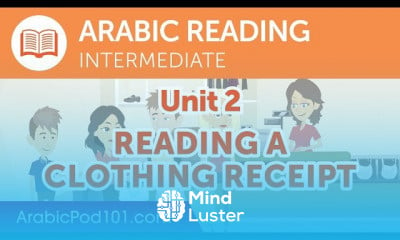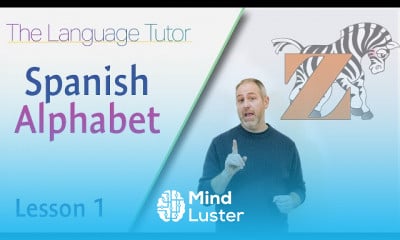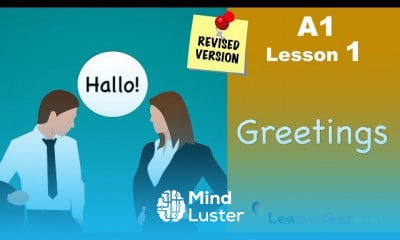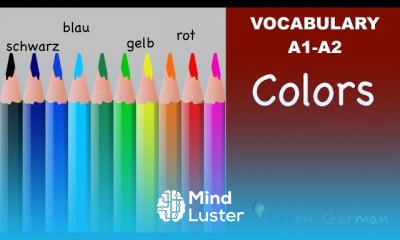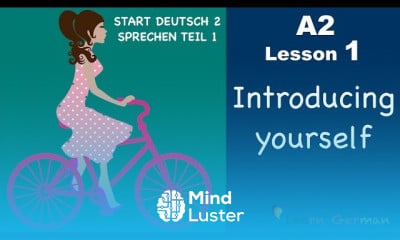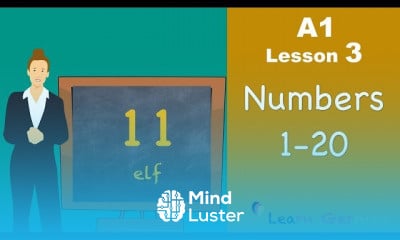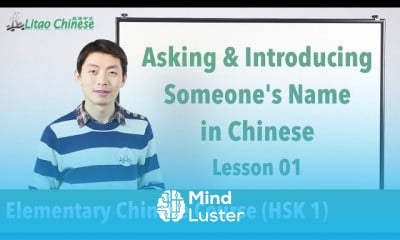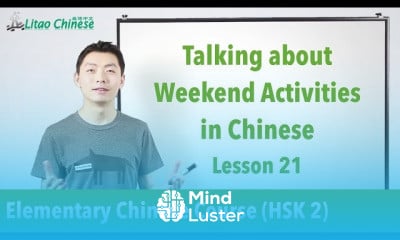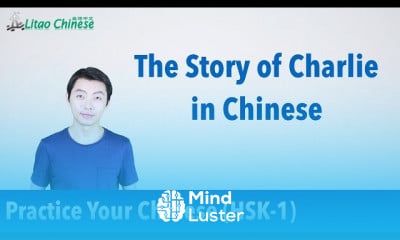Learn Some New Uses of the Preposition in in English Daily English Conversations 01
Share your inquiries now with community members
Click Here
Sign up Now
Lesson extensions
Lessons List | 17
Lesson
Comments
Related Courses in Languages
Course Description
Irregular Plurals in english course,
in this course we will learn about the irregular plurals in English. This course is designed to help learners understand and correctly use the plural forms of nouns that do not follow the regular rule of simply adding "s" or "es" to form plurals. Irregular plurals can be tricky as they often change the word entirely, and mastering them is essential for accurate and fluent communication in English.
Course Overview:
Introduction to Irregular Plurals: An overview of the concept of irregular plurals, explaining how they differ from regular plurals and why they are important to learn.
Example: "child" becomes "children", "foot" becomes "feet".
Common Irregular Plurals: A detailed look at some of the most commonly used irregular plurals in English, with practical examples and usage in sentences.
Example: "tooth" becomes "teeth", "mouse" becomes "mice".
Categorization of Irregular Plurals: Grouping irregular plurals into categories based on their formation rules, such as vowel changes, completely different words, and unchanged forms.
Example: "man" becomes "men", "sheep" remains "sheep".
Exercises and Practice: Interactive exercises and practice sessions to reinforce learning, including fill-in-the-blank, matching, and sentence construction activities.
Example: Fill in the blank: "One goose, two _____." (Answer: "geese").
Contextual Usage: Understanding the use of irregular plurals in various contexts, such as writing, speaking, and reading, to ensure comprehensive learning and application.
Example: Writing sentences or short paragraphs using irregular plurals correctly.
Common Mistakes and Tips: Identifying common mistakes learners make with irregular plurals and providing tips and strategies to avoid them.
Example: Avoiding mistakes like "childs" instead of "children".
Advanced Irregular Plurals: Exploring less common irregular plurals and their correct usage for advanced learners aiming to perfect their English skills.
Example: "cactus" becomes "cacti", "analysis" becomes "analyses".
Trends
SQL And SQL Server For Beginners
Basic English Grammar
Learning English Speaking
Excel Power Query in excel for beginners
Core Features in Ansible 2
Fundamentals of Linux
Capital Budgeting
GORDON S ULTIMATE HOME COOKING
JIRA Administration with JIRA
Vitess Database and Talks
Power Plant Generator
C professional
Disabling Onboard RAM in laptop motherboards
Ingrown Toenail removal strategies
Making money with article writing
Microsoft Power BI desktop for beginners
Archicad
Architectural Walkthrough Using Unity
JavaScript programming fundamentals for beginners
Basic english verbs grammar for beginners
Recent
Adobe illustrator tools for designers
Graphic design rules for beginners
Isometric design in illustrator for beginners
Psychology in graphic design for beginners
Test graphic design skills for beginners
Plugins for adobe Illustrator designers
Logo design tools in illustrator for beginners
Illustrator keyboard shortcuts for beginners
Building graphic design portfolio from scratch
Audacity download and installation for beginners
Downloading and installing tux paint for kids
Building a race game in scratch for beginners
Sharing links in edmodo for beginners
Google sheets dynamic chart techniques
Building a CV website from scratch
Designing logos in google drawings for beginners
Converting PDF to google docs for beginners
Google slides text masking essentials
Inserting images in microsoft word for beginners
Hosting images on google drive for beginners


















